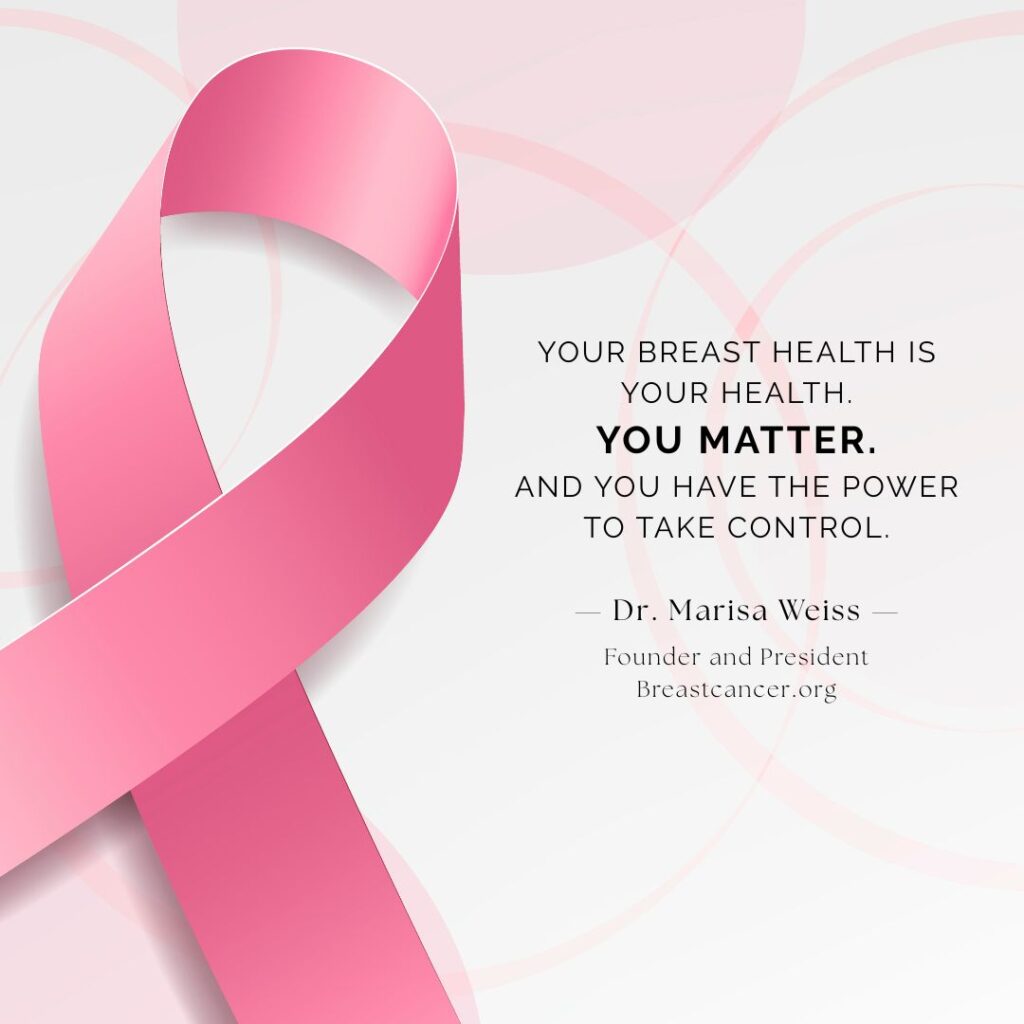Holiday Stress and Perimenopause: How to Stay Balanced in the Busiest Season
Let’s be honest—this time of year can feel like a lot. The holidays come in hot, full of expectations, full calendars, and let’s face it… a whole lot of emotional labor. And if you’re in perimenopause? Everything just feels louder, heavier, and harder to bounce back from.
One minute you’re wrapping gifts or making your famous side dish, and the next, you’re snapping at someone you love or lying awake at 2am wondering what happened to the version of me that could handle all this?
You’re not imagining it. Hormones are shifting in a big way during perimenopause, and your body becomes way more sensitive to stress. So when December rolls around with all its chaos, it’s no surprise if your symptoms suddenly feel turned up to 100.
But here’s the good news: once you understand what’s going on inside your body—and start making a few small changes—you can feel more grounded, calm, and in control. Even when everything around you feels busy and demanding.
Let’s walk through why stress hits harder during this phase, how to protect your energy (without guilt), and a few practical ways to feel better fast.
Why Does Stress Feel So Intense Right Now?
It all comes down to hormones. During perimenopause, your estrogen and progesterone are rising and falling like a hormonal rollercoaster. And when those two are out of balance, your body has a much harder time managing cortisol—your main stress hormone.
When cortisol goes unchecked, it can make everything worse:
- Hot flashes get more frequent and intense
- Sleep becomes elusive (hello, 3am wake-ups)
- Mood swings, anxiety, irritability — all amplified
- Headaches and fatigue show up more often
- And even small things can feel completely overwhelming
Add holiday pressure to that mix, and it’s no wonder you’re feeling tapped out. But you don’t have to white-knuckle your way through it.
3 Easy Strategies That Actually Help
1. Build in Micro-Breaks Before You Crash
Instead of waiting until you’re totally fried, try weaving little “stress resets” into your day:
- Take a 5-minute breather after a meeting or errand
- Step outside for a walk (even just around the block)
- End your day with a warm shower, candles, and zero screens
- Block out “do nothing” evenings on your calendar—yes, literally schedule them
These tiny moments of rest are like pressure valves for your nervous system.
2. Clear the Hidden Stress Clutter
Not all stress is emotional—some of it is just too much sensory input. Try lightening the load:
- Dim overhead lights and turn on softer lamps
- Play calm background music instead of noisy TV
- Skip the over-the-top decorations and go simple
- Shop online or at off-hours to avoid the crowds
Your environment can either wind you up—or help you exhale.
3. Practice the Pause Before Saying Yes
We’re so used to saying yes automatically—especially around the holidays. But this season, give yourself permission to pause. Ask yourself:
- Do I actually want to do this?
- Will this give me energy—or drain it?
- Am I doing this out of guilt, habit, or pressure?
You get to choose what’s right for your body this year. Saying no isn’t selfish—it’s smart.
How to Set Boundaries Without Guilt
Perimenopause is a time when your body is asking for more care—not more chaos. So it’s OK to shift how you show up.
Here are a few boundary swaps to try:
- Trade late-night parties for cozy evenings and earlier bedtimes
- Host just one event instead of feeling obligated to do it all
- Make it a potluck and let others pitch in (you don’t need to be a one-woman show)
- Be upfront and honest: “This year, I’m keeping things simple so I can feel my best.”
You deserve to enjoy the holidays without running yourself ragged. This year, let’s do it differently—with more ease, more calm, and more space to just be.
Please remember: This information is for educational purposes only and is not intended to replace professional medical advice, diagnosis, or treatment. Always consult with your healthcare provider before making any changes to your health routine, especially if you have existing health conditions or are taking medications. What works for one person may not work for another, and your individual health needs are unique to you.







